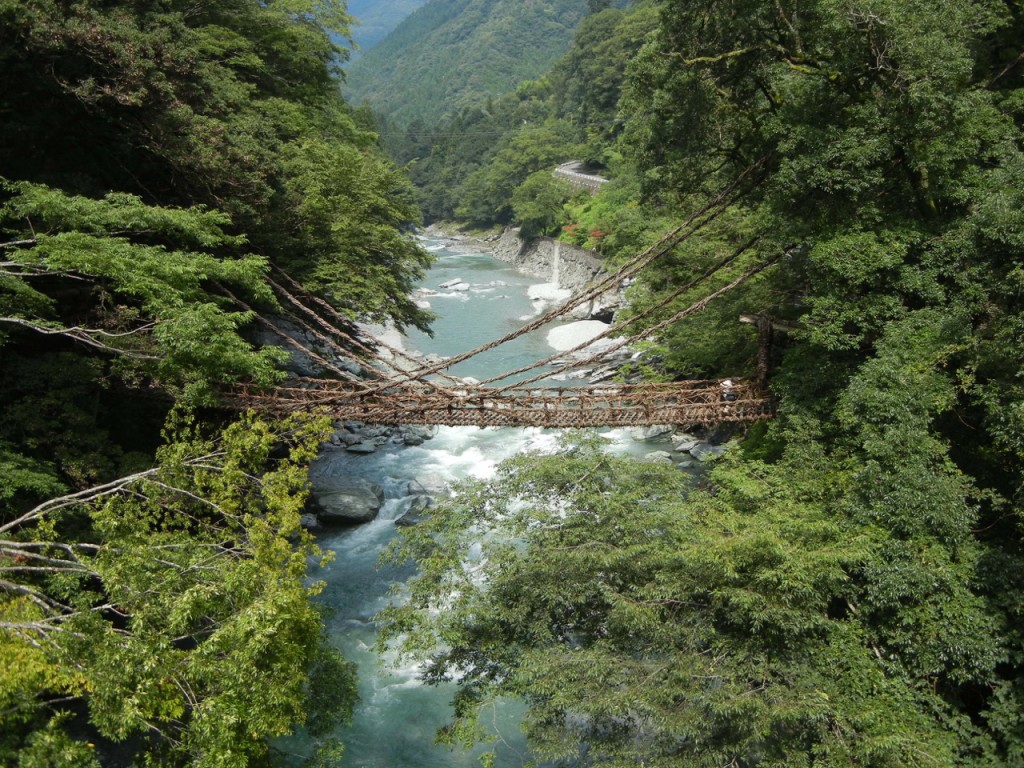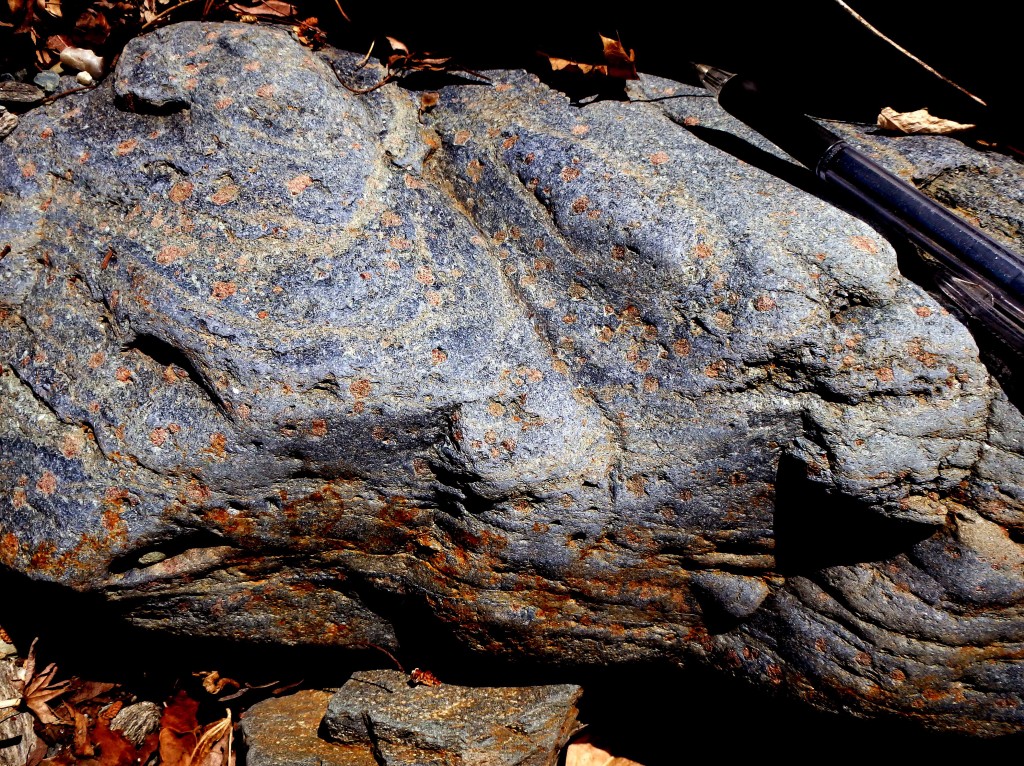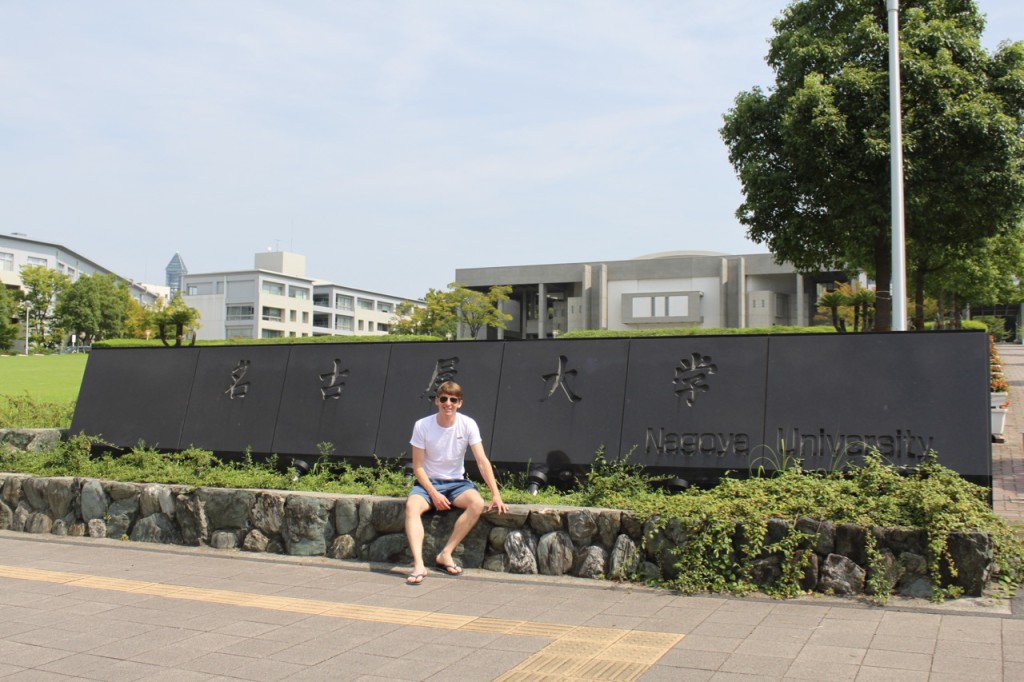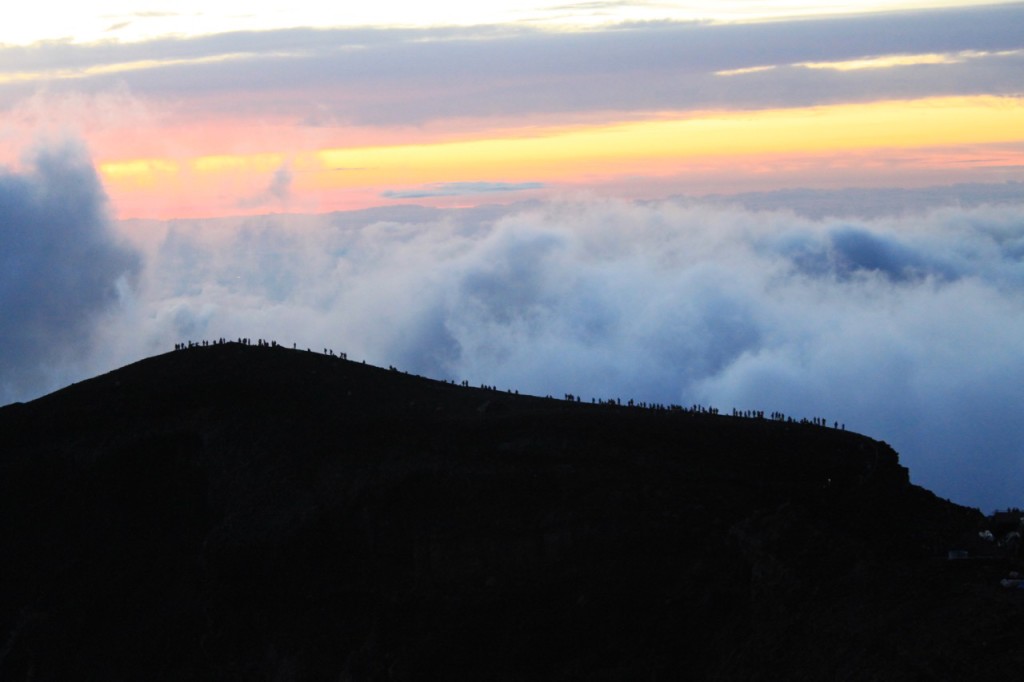Owen is a Visiting Fellow at the Geological Survey of Canada, researching the tectonometamorphic history of Baffin Island in the Canadian Arctic.
I recently completed a short-term Japan Society for the Promotion of Science (JSPS) postdoctoral fellowship at Nagoya University, researching the formation of the Sanbagawa metamorphic belt. The Sanbagawa belt is located in south-west Japan and represents a region of late Cretaceous subduction-related high-pressure metamorphism (Fig. 1). The region is ideal for investigating subduction zone processes, as the belt can be traced for over 800-km along strike from Kyushu island in the west to near Tokyo in the east, with four regions reaching eclogite-facies conditions (yellow stars, Fig. 1).
I was interested in the belt as variable pressure-temperature (P-T) paths and metabasic assemblages have been reported for eclogite units in the region, leading to uncertainty about the subduction zone paleo-thermal structure and associated tectonometamorphic conditions. For example, the peak amphibole phase varies between glaucophane and barroisite, leading to distinctly blue or green outcrops, respectively. My research involved applying phase equilibria modelling to a suite of samples from the region, to investigate the competing effects of P, T and composition on the observed assemblages.
As my time in Japan was short (5 months), I used samples previously collected and analysed, courtesy of colleagues at Nagoya and Tokushima. However, I was able to do some geo-tourism at one of the eclogite-bearing localities: Mt Kotsu on the island of Shikoku. The field region turned out to be a lush jungle, full of crabs and steep gorges, and I enjoyed an excellent few days exploring river sections, crossing ancient vine bridges and relaxing in the many onsen (hot springs).

Fig. 3 – 12th century vine bridge made of woven Wisteria vines (since reinforced by hidden steel cables), Iya Valley Shikoku.
Back in Nagoya I modelled the three main high-P metabasic rock types documented in the region—glaucophane eclogite, barroisite eclogite and garnet blueschist—over a range of P, T, bulk rock H2O and bulk rock ferric iron conditions. The results of my work showed that regional assemblage variation is systematic, with the alternation in peak amphibole phase due to peak conditions overlapping the glaucophane-barroisite solvus, and bulk compositional effects stabilizing blueschist vs. eclogite-facies assemblages at the same grade. Furthermore, the results revealed that a steep prograde P–T path is common to all eclogite units in the Sanbagawa belt, such that a ‘ridge approach’ model, which ascribes formation of the metamorphic belt to the subduction of a spreading ridge, can now be applied to the whole belt (Weller et al., 2015).
The JSPS fellowship was extremely well organized and supported, and I can highly recommend Nagoya University as a place to conduct research, not least because two researchers from the university received a Nobel prize during my stay. Nagoya is also well located to explore the rest of Japan, which I was able to do on my weekends via the excellent shinkansen (bullet train) system, with highlights including climbing Mt Fuji, visiting the many temples in Kyoto and eating fresh sushi at the Tokyo fish market. However, my lasting memories will be of the many kind people I interacted with throughout the trip, who I thank for making the trip so enjoyable. For more information on JSPS Fellowships, click here .
![]() This work is licensed under a Creative Commons Attribution-NonCommercial-ShareAlike 4.0 International License.
This work is licensed under a Creative Commons Attribution-NonCommercial-ShareAlike 4.0 International License.




